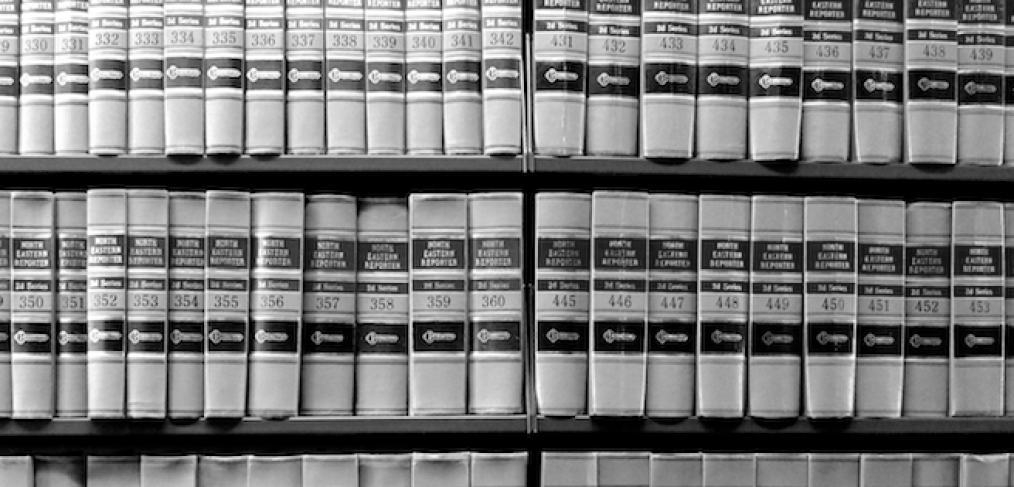
First Amendment Protects Peeping Tom???
In 2006, a 34-year-old man in Oklahoma was acquitted after he stuck a camera under a 16-year-old’s skirt at a store and snapped a picture of her underwear, the court ruled that the teen did not have “a right to a reasonable expectation of privacy.”
Now, a Massachusetts man claims he too has the constitutional right to take “upskirt” photos of women in public.
The man was charged with two counts of photographing an unsuspecting nude or partially nude person after trying to take cellphone photos up women’s dresses on the Boston subway.
“If a clothed person reveals a body part whether it was intentional or unintentional, he or she can not expect privacy,” his lawyer said. She went on to say that “peeping Tom” laws protect people from being photographed in bathrooms or dressing rooms, but do not protect clothed individuals in public areas.
She also argued he could not be guilty of photographing a “partially nude” person because the women in the photos were fully clothed, and their genitalia was covered by underwear
“What he saw was in plain sight. He did not place his camera directly up a women’s skirt. He saw what was in front of him,” she argued.
Watch the hearing here: http://www2.suffolk.edu/sjc/archive/2013/SJC_11353.html
M.G.L. Ch. 272 § 105:
[blockquote]
Section 105. (a) As used in this section, the following words shall have the following meanings unless the context clearly requires otherwise:
“Electronically surveils” or “electronically surveilled”, to view, obtain or record a person’s visual image by the use or aid of a camera, cellular or other wireless communication device, computer, television or other electronic device.
“Partially nude”, the exposure of the human genitals, buttocks, pubic area or female breast below a point immediately above the top of the areola.
(b) Whoever willfully photographs, videotapes or electronically surveils another person who is nude or partially nude, with the intent to secretly conduct or hide such activity, when the other person in such place and circumstance would have a reasonable expectation of privacy in not being so photographed, videotaped or electronically surveilled, and without that person’s knowledge and consent, shall be punished by imprisonment in the house of correction for not more than 21/2 years or by a fine of not more than $5,000, or by both such fine and imprisonment.
(c) Whoever willfully disseminates the visual image of another person who is nude or partially nude, with knowledge that such visual image was unlawfully obtained in violation of subsection (b) and without consent of the person so depicted, shall be punished by imprisonment in the house of correction for not more than 21/2 years or in the state prison for not more than 5 years or by a fine of not more than $10,000, or by both such fine and imprisonment.
(d) This section shall not apply to a merchant that electronically surveils a customer changing room, provided that signage warning customers of the merchant’s surveillance activity is conspicuously posted at all entrances and in the interior of any changing room electronically surveilled.
(e) This section shall not apply to a law enforcement officer acting within the scope of the officer’s authority under applicable law, or by an order or warrant issued by a court.
(f) A sheriff, deputy sheriff or police officer may arrest without a warrant, a person whom he has probable cause to believe has violated this section.
(g) A photograph, videotape or other recorded visual image, depicting a person who is nude or partially nude that is part of any court record arising from a prosecution under this section, shall not be open to public inspection and shall only be made available by court personnel to a law enforcement officer, prosecuting attorney, defendant’s attorney, defendant, or victim connected to such prosecution for inspection, unless otherwise ordered by the court.
(h) In a prosecution under this section, a justice of the superior court or district court may issue appropriate orders to restrain or prevent the unlawful dissemination of a person’s visual image in violation of this section.[/blockquote]
